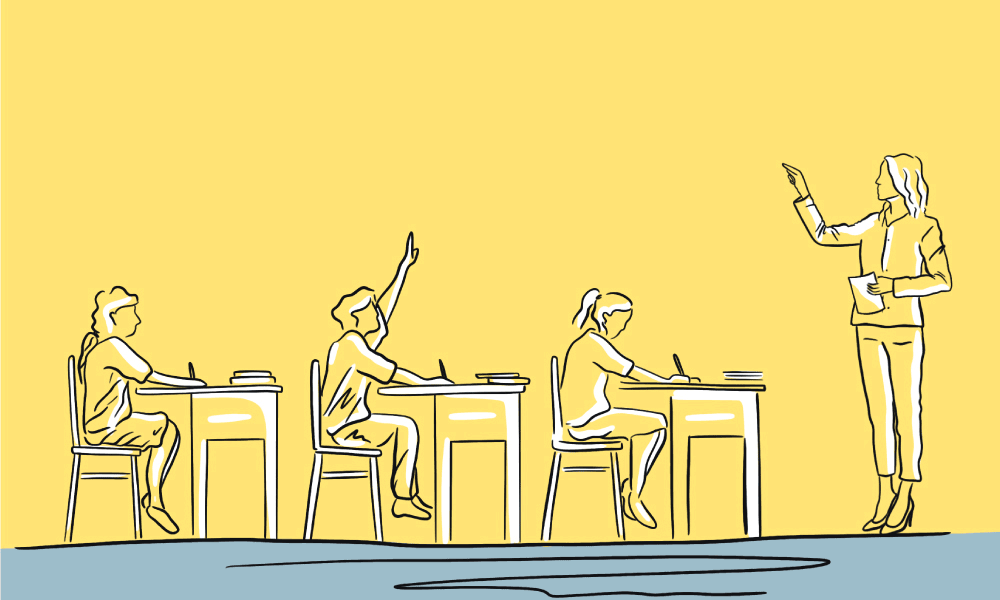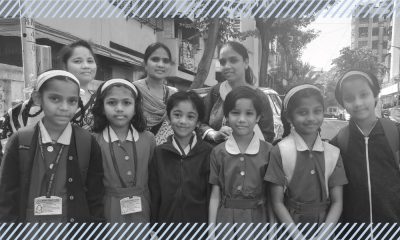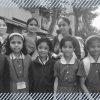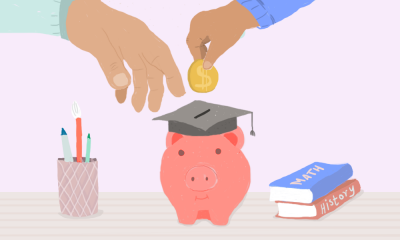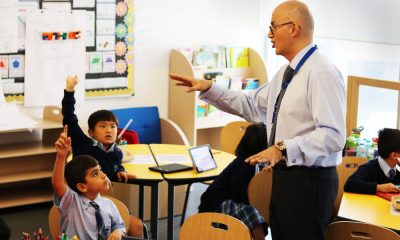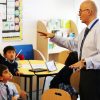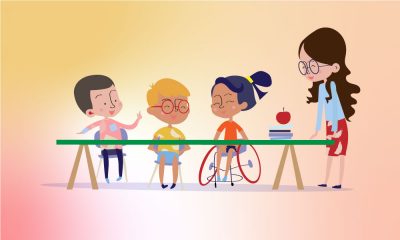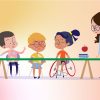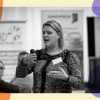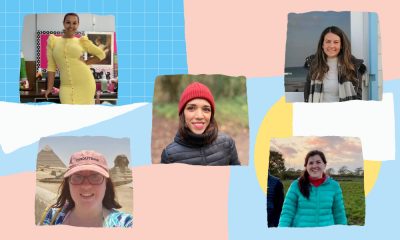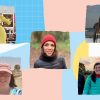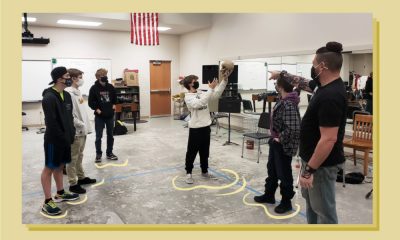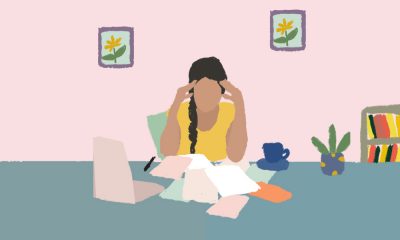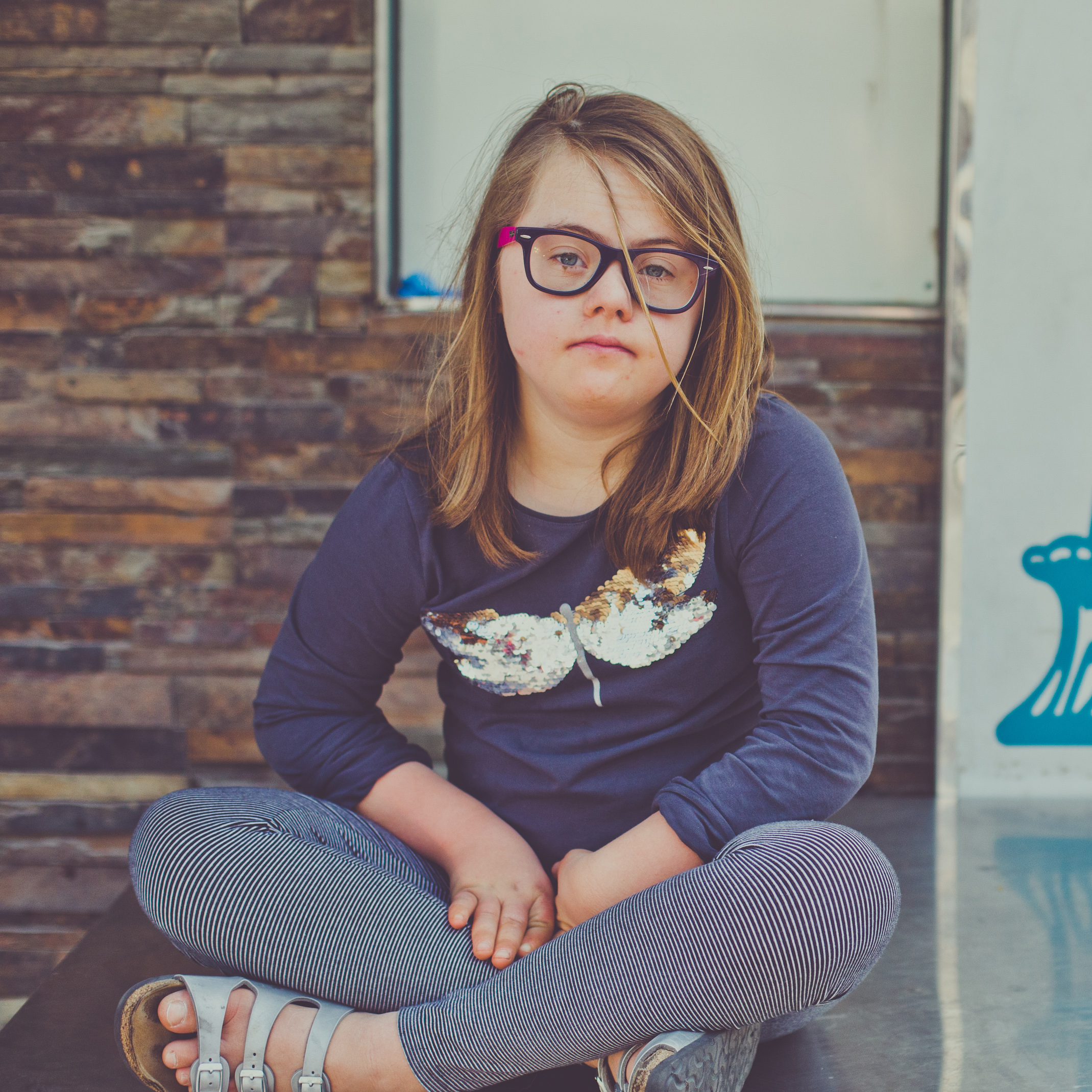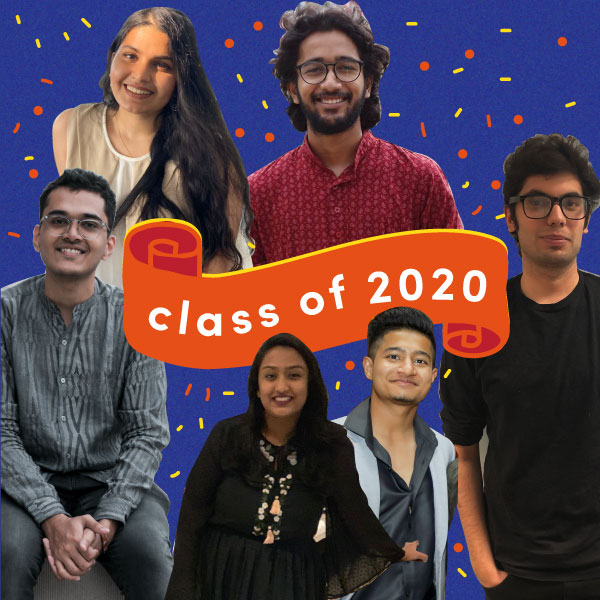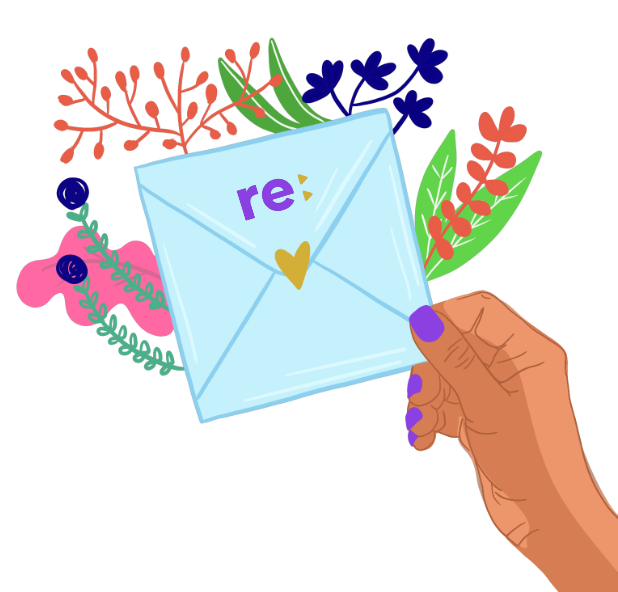Education
Competing With Instagram and Snapchat: How Educators Are Navigating Hybrid Learning
Teachers have to take into consideration the best ways they can keep their classroom engaged both online and offline.
While vaccinations are in full swing in many countries, there is still no definitive timeline on when the pandemic will come under control. With so much uncertainty still abound, many schools have moved to hybrid learning as COVID-19 rages on. Under the blended or hybrid learning model, some students from the same class attend school online while others join in person. With the new academic year upon us, many teachers were tasked with preparing for hybrid or blended learning after a year of disruption.
What are the challenges that exist for blended learning and what are some of the lessons from remote teaching that they are incorporating into their plans for this year? We spoke to two educators to find out.
Alpana Mallick, director of training and impact at Teach for India (TFI), a non-profit organization that works with low-income schools told Re:Set that lesson planning for the new academic year usually takes place in February, but this year presented multiple new challenges for the fellows.
“What can children learn best in person and what can students do online?
TFI has fellows who work with schools and students for a period of two years and over the last year, they came face-to-face with the reality that not every child can attend school online especially since many were from low-income families without adequate resources.
As they plan for the year ahead, the fellows are guided by two primary questions, said Mallick — “What can children learn best in person and what can students do online?”
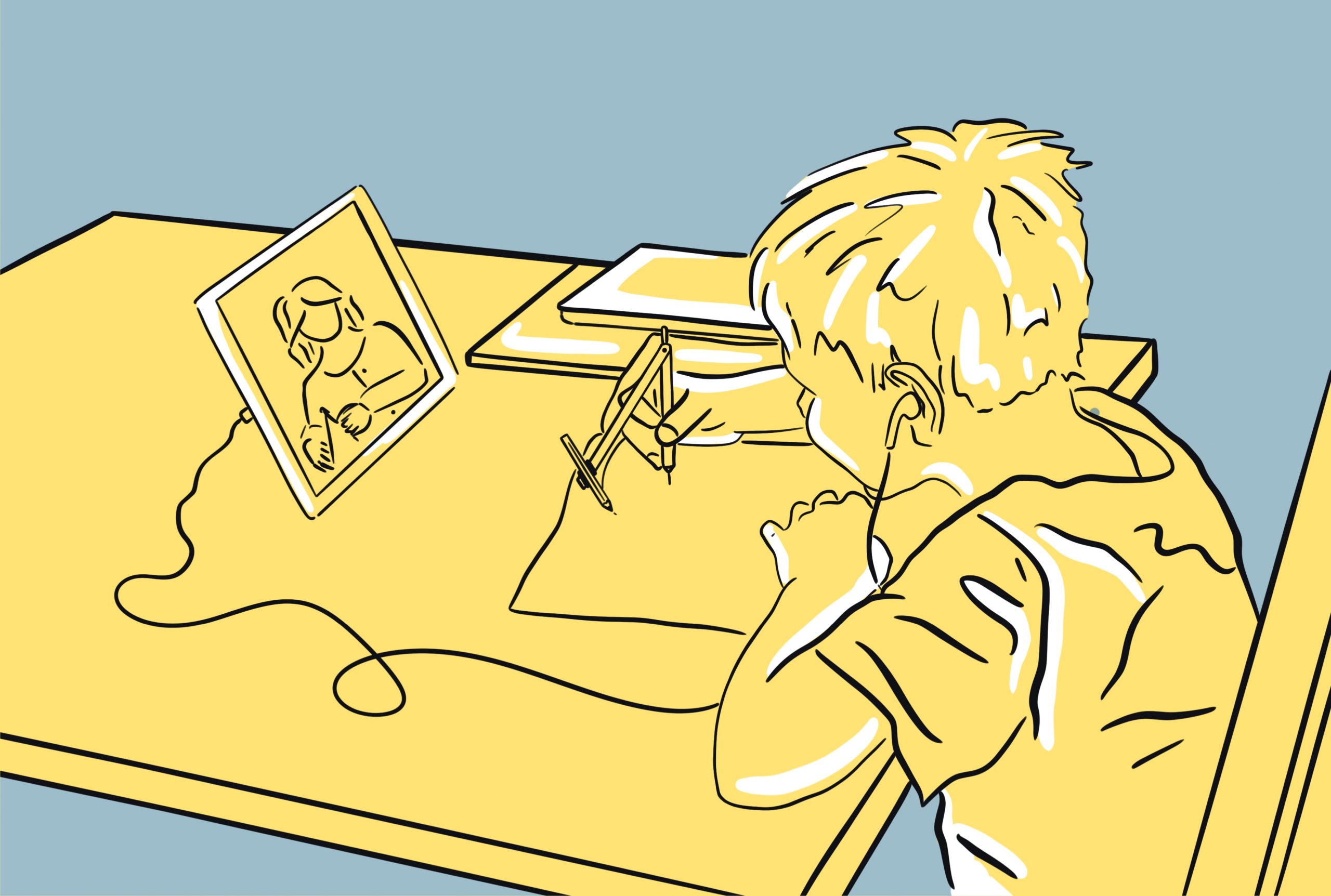

The planning involves breaking down what students can do independently in their own time and what needs to be done together.
With the example of circles, Mallick said that if the objective is to help children identify radius and diameter, there are apps, presentations and worksheets that can be done online. But when the children are attending in person, the focus pivots to helping them understand the application of such concepts and building in-depth learning. She added that this time can also be used to further help the students who need the most attention.
Despite the difference in the modes of instruction, some things still remain the same. Mallick said that most lesson plans follow a similar structure — opening by providing a hook, introducing the material, guided and independent practice and closing out. Now, the teachers have to take into consideration the best ways they can keep their classroom engaged both online and offline.
“You have to compete with Instagram and Snapchat [for their attention],” Mallick said, so the plans now include elements like interactive visuals, polls, and talking on chat groups to keep students alert. Since students may not have fast internet or access to devices for extended periods of time, the planning process also involves breaking down what they can do independently in their own time and what needs to be done together.
Blended learning has also opened up opportunities for teachers to show students a world beyond their classroom.
Mallick said that things like watching informative videos can often be done before or after the actual lesson. But during the time that the teachers spend in front of them or in person, the priority would be getting them excited about the topic, doing guided practice, and conducting assessments.
From Mentimeter to Padlet and Google Forms, teachers now also have to account for which apps would best allow them to conduct their various lessons and keep their online students as involved as those in front of them.
While tech has been crucial to keep education going, for Juliet Aranha, who has been a teacher for nearly 27 years now, switching to remote classes meant “learning from scratch.” Aranha teaches grade two at New Academy School, Dubai where they have been following blended learning since June last year. The students are split into two groups of 10-14 who attend classes in person every alternate week. The online lessons take place after the in-person lessons end every day.
As the academic year starts in September, most of the lesson planning happens towards the end of June, Aranha said. She reiterated that learning to incorporate tech better into the lessons has been one of the major takeaways for this year. From making slideshows more interactive to picking specific apps for different subjects, there has been a significant shift away from traditional methods of teaching.
Also read: “Roots” To “A Beautiful Mind:” Teachers Share Their Recommendations on Films To Show in Class
“For math, I use Tinker [STEAM learning app],” Aranha said. Apps like these have enabled students to go beyond their books, she added, they are now able to create shapes and better understand dimensions by making their own buildings and models instead of only drawing. Using collaborative apps like Nearpod and Britannica also feature in their daily functioning enabling students to come together in groups and learn, she told Re:Set.
Blended learning has also opened up opportunities for teachers to show students a world beyond their classroom. Aranha said that her students have been involved in interacting through video with people from across the world to understand how they coped with the pandemic. Through activities like these, they’ve been able to impart an understanding of the current scenario to the students.



